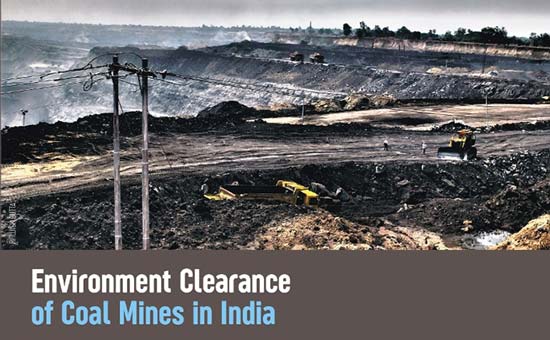India is the world’s third largest energy consumer, and its energy use is projected to grow at a rapid pace supported by economic development, urbanization, improved electricity access and an expanding manufacturing base (Penny and Cronshaw 2015).
In India’s energy sector, coal accounts for the majority of primary commercial energy supply. Having the fourth largest coal reserves in the world and with economy poised to grow at the rate of 7-10% per annum, energy requirements will also rise at a reasonable level (Kumar, et al. 2017). Coal has been a dominant commercial fuel for past four decades and given our dependence it will essentially be a dominant fuel despite our increasing renewable energy program, development of natural gas supplies, increased hydropower generation and nuclear energy programme.
With characteristics such as high ash content (~25 – 45 %) (Coal 2018) and low sulphur content and location and mining difficulty it becomes very crucial to balance a limited polluting natural resource with the everyday increasing demand and requirements (Chandra and Chandra 2004).


